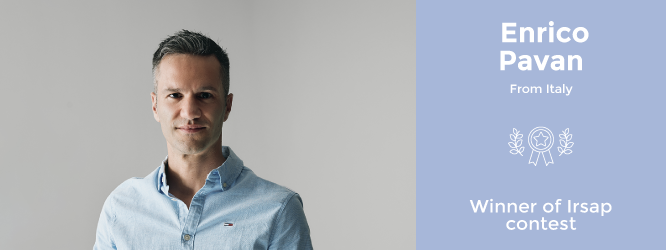
WELCOME TO THE DESALL BLOG. THIS POST IS PART OF THE “COMMUNITY SPOTLIGHT” SERIES WHERE WE INTERVIEW THE BEST MEMBERS OF OUR CREATIVE COMMUNITY. THANKS FOR READING!
ENRICO PAVAN is an independent architect from Northeastern Italy and the winner of Home Climate Wellbeing by IRSAP. In this interview he shares with us his experience working with prominent designers and mastering the balance between functionality and emotion when going from concept to product. The interview has been lightly edited for length and clarity.
Enrico, it’s great to have you with us. Could you start by telling us a bit about your roots and your early years in design?
I’m originally from Lonigo, a small town in the Veneto region, in Northeastern Italy, not far from Venice, where I earned my degree in Restoration Architecture. Fresh from university, I spent the next decade working in various technical offices within different firms, each offering a distinct set of opportunities.
You’ve mentioned a transformative period at Kreoo, an Italian company renowned for its exceptional creativity and expertise in marble craftsmanship. Could you expand a bit more on that experience and how it shaped your approach to design?
Absolutely. At Kreoo, I was entrusted with interpreting and bringing to life the ideas of celebrated designers like Enzo Berti and Raffaello Galiotto. This experience offered a deep dive into the dual dance of emotion and functionality in design. Each concept we developed came to us imbued with a unique soul, a set of features designed to stir emotions even before serving its practical purpose. The execution phase, which I consider just as crucial as the creative process itself, is where we made these emotion-evoking features tangible through materials, colors, and geometries. This requires developing an open-mind, and such a flexible approach was a valuable lesson I learned at Kreoo, which continues to shape my work today.
After a decade in the industry, you transitioned to independent work and later joined SATO, a vibrant architecture studio. How have these roles enriched your journey?
Yes, not long ago, I made the decision to branch out on my own. This decision opened doors to exciting opportunities, such as working on prestigious projects within historic buildings and high-end residential architectural studios. Now, as part of the SATO studio, I engage in residential architecture and architectural competitions. What I find particularly gratifying is the chance to shape pre-existing spaces into new domestic landscapes, considering their relationship with external surroundings and natural light. It’s a vibrant job that keeps my work life exciting and constantly evolving.
We recently celebrated your win in the Home Climate Wellbeing contest by IRSAP. Could you share your experience participating in that competition?
Participating in the IRSAP contest was truly exhilarating. Being selected among many esteemed colleagues was both a thrill and a privilege. The contest challenged me to research the intersection of design, function, and usability and come up with a home radiator that could enhance the experience of spending time indoors. I can’t disclose the details of the winning project at this stage, but I’m looking forward to sharing it when the time comes.
That’s fair. Could you perhaps offer some advice for other designers considering entering a design contest?
Certainly. The key, I believe, is understanding the brief thoroughly. The effort Desall puts into providing all necessary information is invaluable, so invest time in reading the brief carefully and commit to brainstorming before diving into the design process.
Could you recommend any architects or designers who have greatly influenced your own work and might serve as a source of inspiration to young designers seeking to deepen their understanding of the field?
I would highly recommend exploring the collective works of Italian masters Carlo Scarpa and Bruno Munari. They are incredible architects who have had a profound influence on my work. On the international scene, the contributions of Mies Van der Rohe, Louis Kahn, and Rem Koolhaas are noteworthy. Mies’ work, in particular, has been a significant focus in my studies, and his ethos of creating ‘…achievable necessary so that the work is meaningful…’ deeply resonates with me and serves as a guiding principle in my design philosophy.
Where can we find you online?
Readers can connect with me on Instagram and LinkedIn.
“NOVA” IS A CONCEPT DEVELOPED BY ENRICO PAVAN FOR THE MARTINELLI LUCE LIGHTING CONTEST.
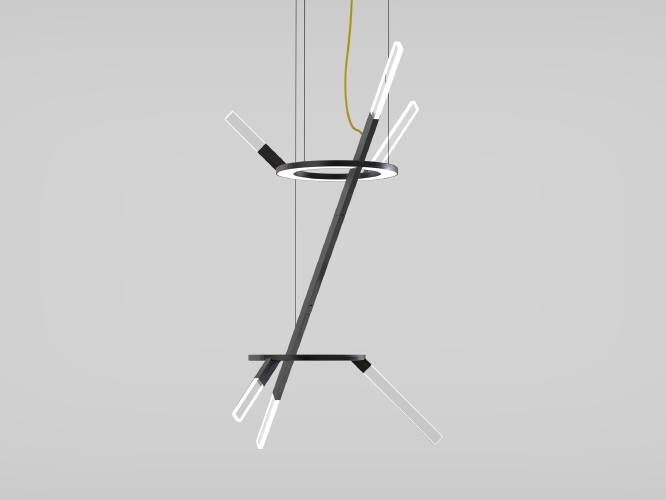
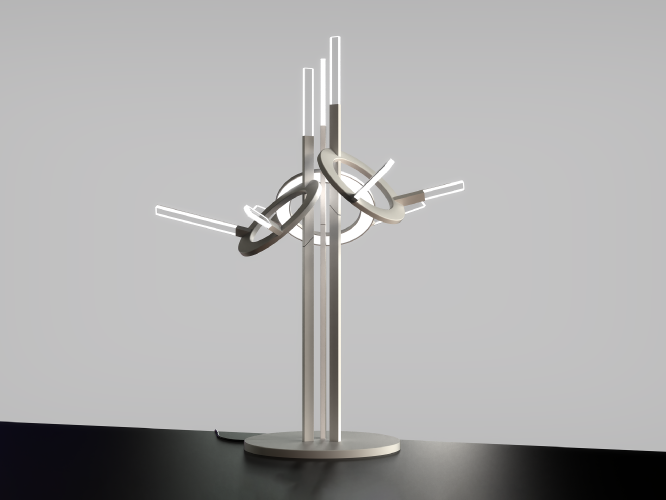
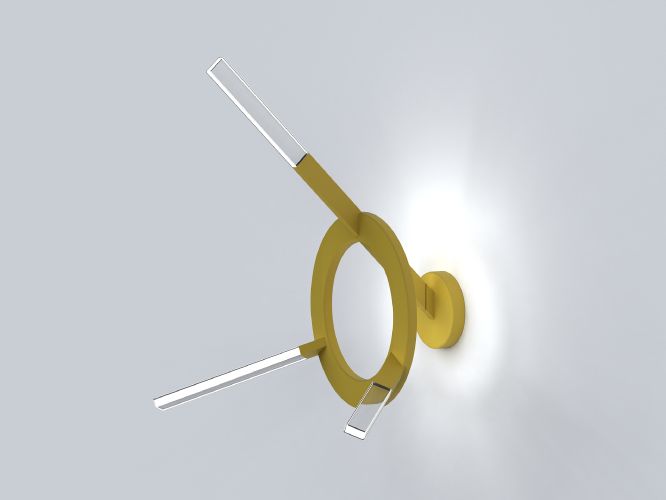
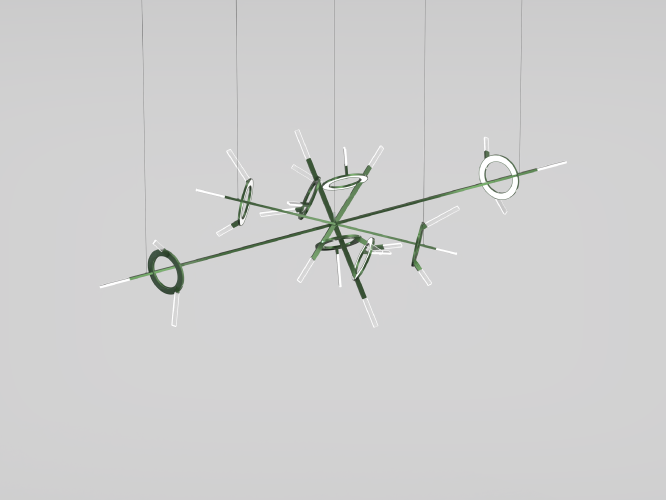
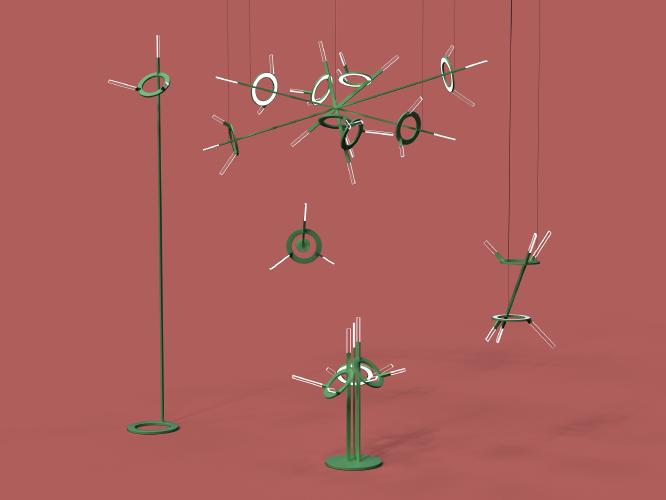
JOIN THE COMMUNITY, ENTER OUR CREATIVE CONTESTS!
Category: Community, ...
 Follow
Follow